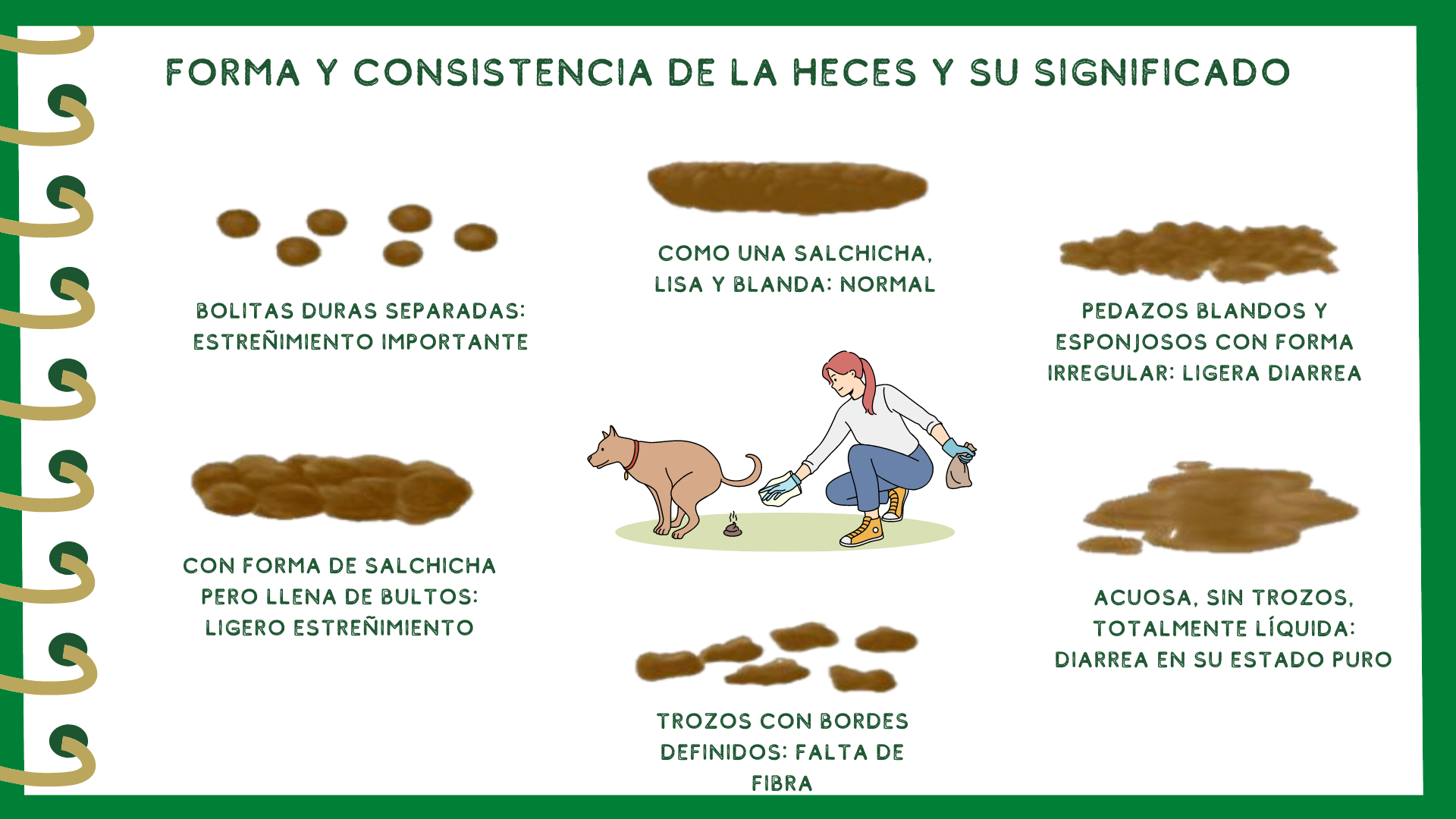Small Hole Inside Nose
A small hole inside the nose, also known as a nasal septal perforation, can be a troubling and potentially painful condition. It is characterized by a small opening or hole in the thin wall of cartilage and bone that separates the two sides of the nasal passages, known as the nasal septum. This condition can result from a variety of causes, including trauma to the nose, previous nasal surgery, drug use (particularly snorting drugs like cocaine), certain medical conditions, and the use of nasal sprays that contain steroids.
Individuals with a nasal septal perforation may experience a range of symptoms, including nasal crusting, bleeding, or discharge, a whistling sound when breathing, pain or pressure within the nose, and difficulty breathing through the nose. The severity of these symptoms can vary significantly from one person to another and may depend on the size of the perforation.
Causes of Nasal Septal Perforation
Understanding the causes of a nasal septal perforation is crucial for effective management and treatment. Some of the common causes include:
- Trauma: A blow to the nose can cause a fracture or a septal hematoma, which, if not treated properly, can lead to a perforation.
- Nasal Surgery: Complications from nasal surgery, including septoplasty, can result in a perforation of the septum.
- Drug Use: The chronic use of nasal decongestants or the recreational use of cocaine can lead to the deterioration of the nasal septum.
- Medical Conditions: Certain autoimmune diseases, such as Wegener’s granulomatosis, and infections like syphilis can cause a septal perforation.
- Nasal Steroids: The prolonged use of nasal steroid sprays can lead to thinning and perforation of the septum, though this is relatively rare.
Diagnosis and Treatment
Diagnosing a nasal septal perforation typically involves a thorough examination by an ear, nose, and throat (ENT) specialist. The diagnosis can often be made visually using a nasal endoscope, which allows the doctor to see inside the nasal passages. In some cases, a CT scan may be ordered to determine the size and location of the perforation.
Treatment for a nasal septal perforation depends on the size of the hole and the severity of symptoms. For small perforations with minimal symptoms, conservative management may be appropriate. This can include the use of saline nasal sprays to keep the nasal passages moist, application of petroleum jelly or antibiotic ointment to the affected area, and avoidance of factors that can exacerbate the condition, such as picking the nose or forceful blowing of the nose.
For larger perforations or those causing significant symptoms, surgical repair may be necessary. The goal of surgery is to close the perforation, which can help alleviate symptoms and prevent further complications. Surgical techniques can vary and may involve the use of grafts or flaps to cover the perforation.
Prevention
Preventing a nasal septal perforation involves avoiding or minimizing risk factors. This includes:
- Avoiding the use of illegal drugs, especially those that are snorted.
- Using nasal decongestants only as directed and for the shortest duration necessary.
- Protecting the nose from injury by wearing appropriate protective gear during sports.
- Avoiding picking or forcefully blowing the nose.
- Managing chronic conditions that could affect the nasal septum under the guidance of a healthcare provider.
Living with a Nasal Septal Perforation
While a small hole inside the nose can be uncomfortable and affect the quality of life, many individuals learn to manage their symptoms effectively and lead active lives. It’s essential to follow the advice of a healthcare provider and attend follow-up appointments as recommended to ensure the condition does not worsen over time.
FAQ Section
What causes a nasal septal perforation?
+A nasal septal perforation can be caused by trauma to the nose, previous nasal surgery, drug use (such as snorting cocaine), certain medical conditions, and prolonged use of nasal sprays containing steroids.
How is a nasal septal perforation diagnosed?
+Diagnosis typically involves a visual examination by an ENT specialist using a nasal endoscope. In some cases, a CT scan may be ordered to determine the size and location of the perforation.
What are the treatment options for a nasal septal perforation?
+Treatment depends on the size of the perforation and the severity of symptoms. Conservative management with saline sprays and ointments may be sufficient for small perforations. Larger perforations may require surgical repair.
Can a nasal septal perforation be prevented?
+Yes, preventing a nasal septal perforation involves avoiding or minimizing risk factors such as drug use, protecting the nose from injury, avoiding excessive use of nasal decongestants, and managing chronic conditions under medical guidance.
How does a nasal septal perforation affect daily life?
+A nasal septal perforation can cause discomfort, breathing difficulties, and other symptoms that may affect daily life. However, with proper management and treatment, many individuals can learn to manage their symptoms and lead active lives.



